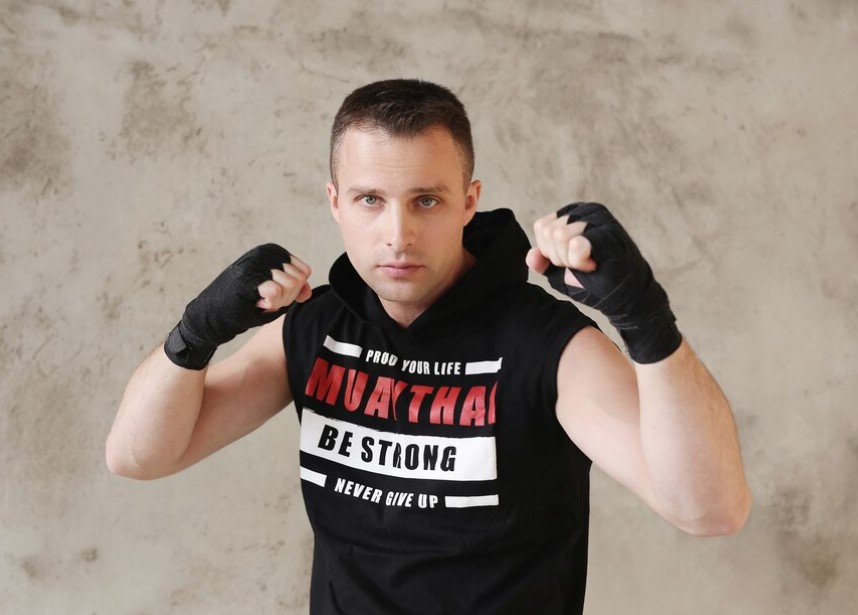MMA is a full-contact combat sport that blends different fighting techniques from multiple martial arts disciplines. Training for it is multifaceted, involving a rigorous blend of striking, grappling, strength and conditioning exercises designed to prepare fighters for competition at the highest levels.
This article unfolds the layers of MMA training, offering insights into fighters’ complex preparation.
Stand-up techniques
MMA fighters must be proficient in stand-up, including punches, kicks, knees, and elbow strikes. Training for stand-up combat begins with learning proper stance and movement. Fighters spend hours shadowboxing, a drill where they practice striking the air, honing their form and footwork.
Partner drills are crucial, with athletes exchanging controlled strikes to develop timing and accuracy. Coaches closely monitor these drills, ensuring that fighters execute techniques with precision and power. Heavy bag workouts are also integral. It allows fighters to build strength and endurance as they unleash a barrage of strikes.
Ground fighting skills
Ground fighting is a critical aspect of MMA, where bouts often find their conclusion. Training in disciplines such as Brazilian Jiu-Jitsu, wrestling, and Judo equips fighters with the techniques necessary to control an opponent on the mat. Sessions focus on securing takedowns, advancing to dominant positions, and executing submission holds.
Repetition is critical, as fighters drill the same movements until they become second nature. Live ground sparring tests athletes as they use their skills against partners who resist, creating situations similar to an actual fight.
Physical conditioning
Physical conditioning plays a critical role in MMA training. A fighter’s body must withstand the demands of a full-length bout. It requires exceptional strength, agility, and cardiovascular fitness. Strength and conditioning coaches design comprehensive workout routines targeting all muscle groups while improving overall athleticism.
Circuit training, weightlifting, and plyometric exercises build the explosive power needed in the cage. Meanwhile, running and other aerobic activities enhance a fighter’s stamina, ensuring they can maintain high performance throughout the fight.
Psychological preparation
The mental component of MMA training is as vital as the physical. Fighters engage in visualization exercises, mentally rehearsing their techniques and fight strategies. This mental practice enhances focus and prepares fighters for the high-pressure competition environment.
Sports psychologists may work with fighters to develop mental resilience, helping them manage stress, fear, and anxiety. Mental toughness drills prepare fighters to stay composed and tactical.
Conclusion
MMA training is a comprehensive endeavour that moulds athletes into versatile, resilient fighters ready for any challenge inside the cage. It demands dedication, discipline, and a relentless pursuit of excellence. For those inspired to embark on this journey, the path is demanding but rewarding, forging not just fighters but champions of body and mind.
So, step onto the mat and begin your MMA training journey today. Find a local gym, connect with experienced trainers, and immerse yourself in the transformative world of MMA. Your path to becoming a warrior in body and mind starts now!



